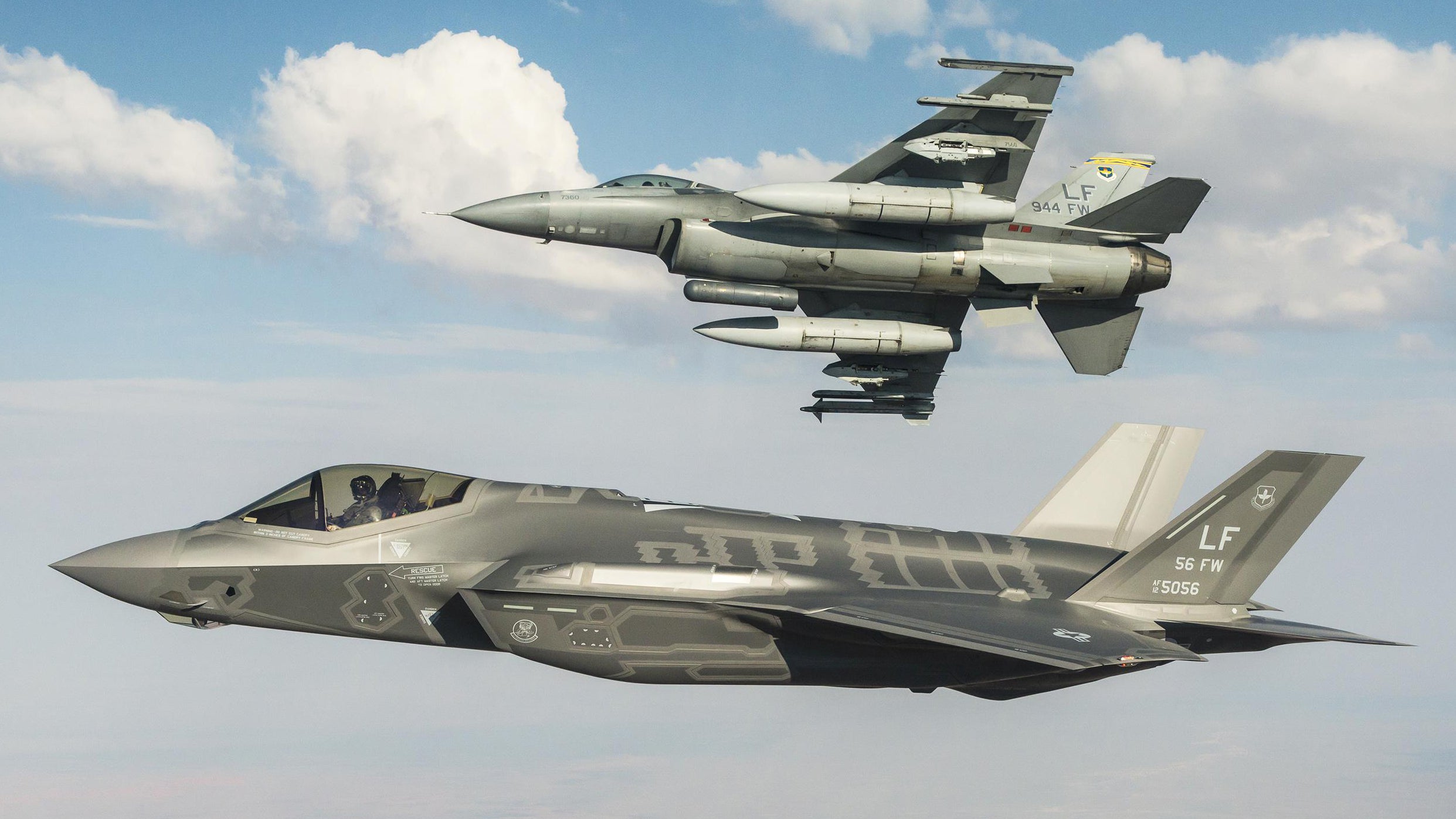Figures recently released by the U.S. Air Force show that the readiness rate for the F-35A stealth fighter has made a major improvement in the last 12 months, while the stats for other fighter types within the service have remained essentially the same year over year. The development is good news for the Joint Strike Fighter program, which has rarely been far from controversy, but it could also provide ammunition for those arguing in favor of retiring the earliest least-capable F-35As, which are used mainly for training.
Overall, during 2020, and despite the effects of the COVID-19 pandemic, mission capable rates (MCR) for the Air Force’s fighters improved but the F-35A led the way. MCR is the percentage used to determine how many aircraft are ready for one or more of their assigned tasks at any given time and it serves as a valuable metric to assess maintenance efficiency as well as overall preparedness of the force at large.
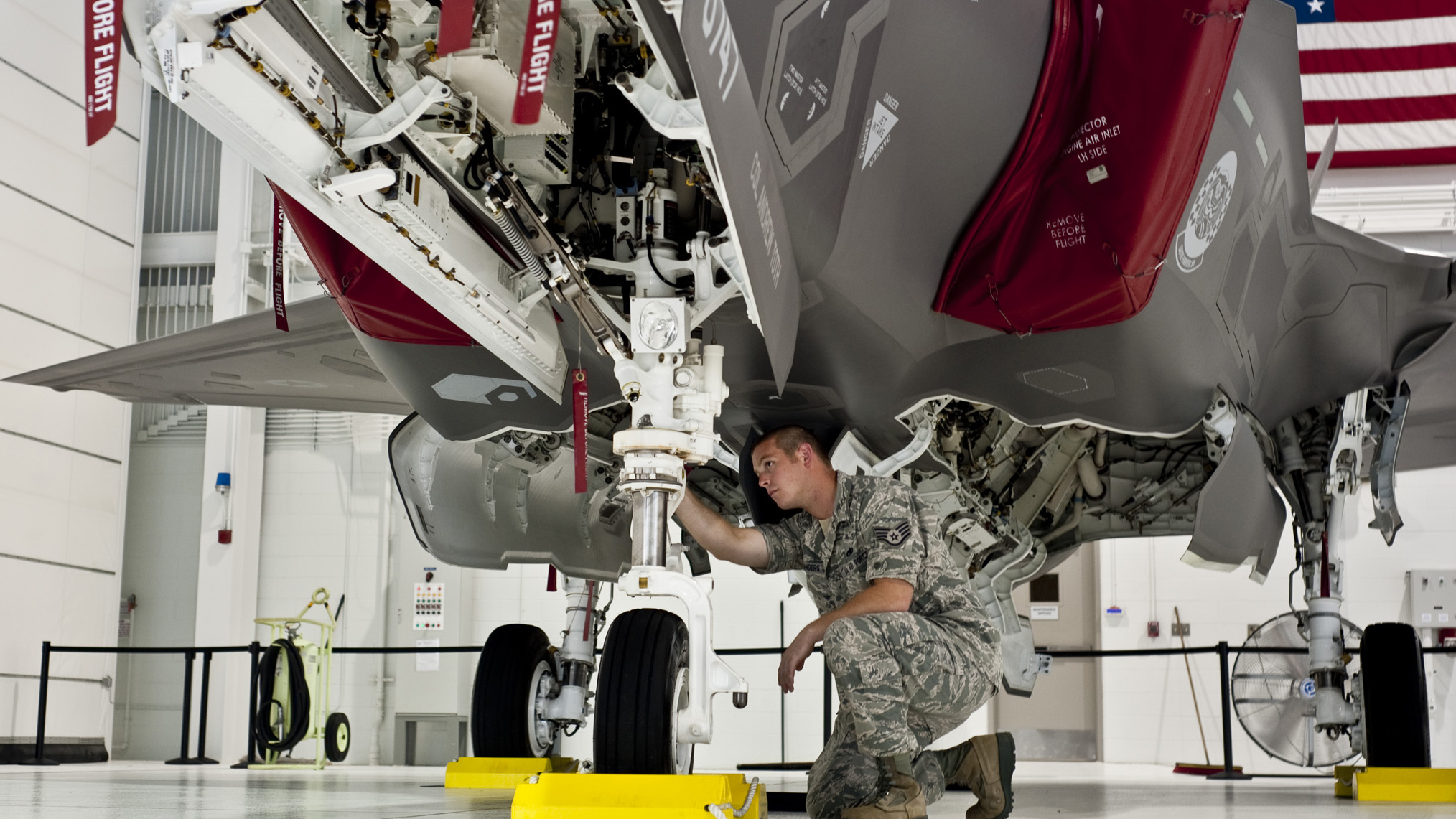
For the Air Force’s conventional takeoff and landing Joint Strike Fighter variant, the F-35A, the MCR increased from 61.6 percent in Fiscal Year (FY) 2019 to 76.07 percent in FY20, according to figures obtained from the service by Air Force Magazine. While the corresponding figures for the F-15D and F-15E saw slight reductions in MCR, the readiness for the other fighter types in the force improved, albeit not by more than two percent in any instance.
Some of the main reasons for the F-35A’s readiness leap were outlined by Lieutenant General Eric Fick, director of the F-35 Joint Program Office (JPO), to the House Armed Service Committee last month. These include a major increase in budget to buy more spare parts and the induction of additional depots to keep the jets in working order. Perhaps most important, however, is the fact that, as production continues to ramp up, the Air Force is receiving more capable F-35As with more of the type’s teething troubles ironed out.
“Many of our earlier-lot aircraft require modifications, and we are working through retrofits with fleet customers to optimize the timing of these modifications to minimize operational impacts,” Fick said, according to Air Force Magazine.
With the JPO eager to get investment to upgrade the earlier F-35As, so they can keep technological pace with newer deliveries, the Air Force is left with a conundrum of whether it even makes sense to invest in these increasingly obsolescent aircraft or to focus on the more MCR-friendly later production blocks, and future iterations that promise to be even more capable.
It’s not the first time that the Air Force has looked at ditching some of its oldest F-35As. Back in 2017 we reported about how the service, along with the U.S. Marine Corps and Navy, was considering halting upgrade work on possibly dozens of Joint Strike Fighters. At this point it was already becoming clear that the falling unit price of the jet was threatening to make it cheaper to buy new than to update existing aircraft with loads of rework issues and older configuration hurdles, some of which will likely never come close to meeting their claimed useful life anyway.
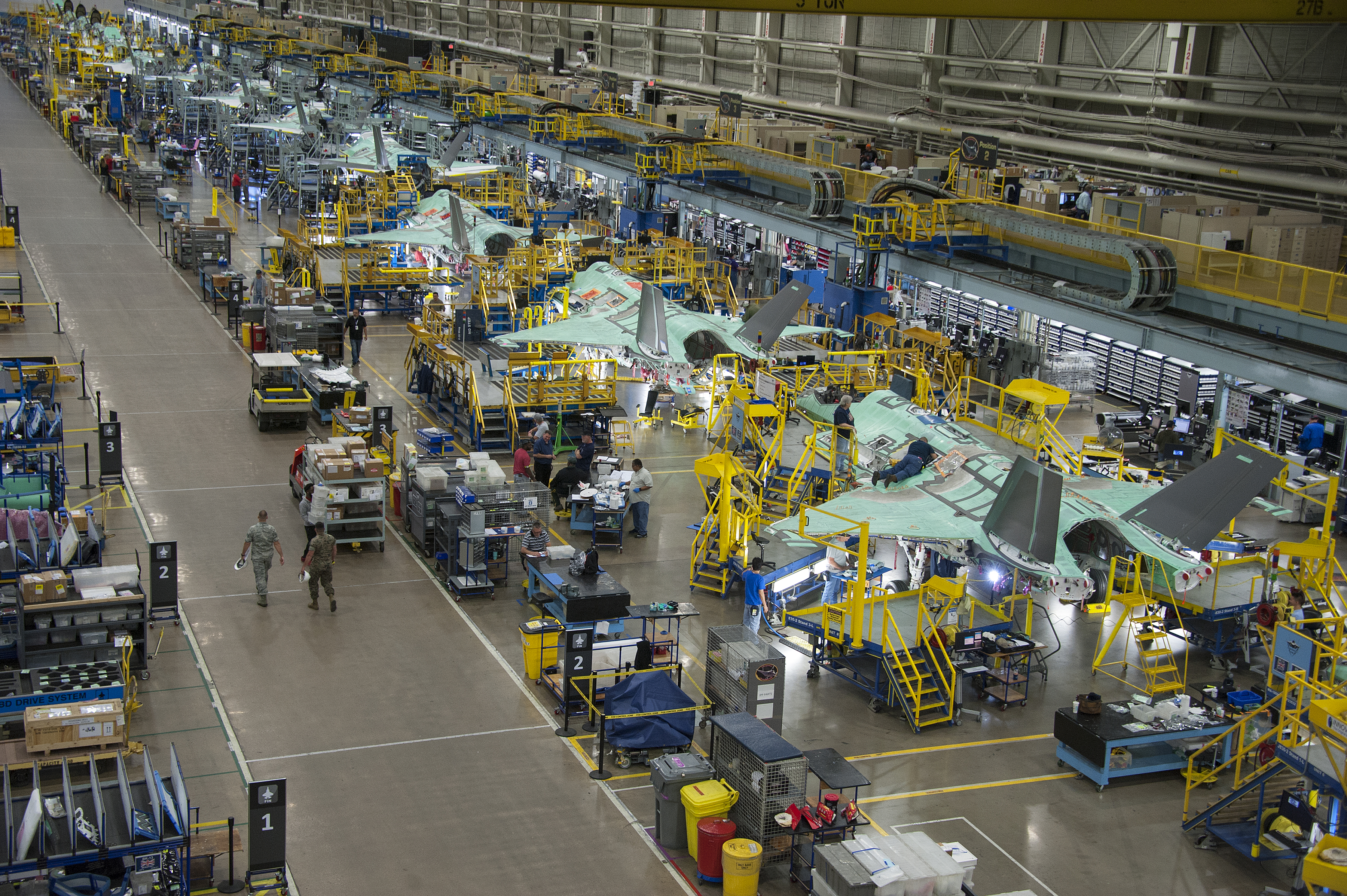
Now the ax threatens to fall on older-model F-35As that are used for training and which are not considered viable for real-world operations. Instead of investing in expensive upgrades, the Air Force should instead focus on the forthcoming Block 4 jets, Lieutenant General S. Clinton Hinote, the Air Force’s deputy chief of staff for strategy, integration and requirements, has recently argued. The Block 4 F-35As are set to feature enhanced radar and electronic warfare capabilities, as well as the ability to carry new weapons.
“It’s not in our plans right now, but that would be something that we would have to take into consideration,” Hinote told Military.com, noting that there were “some indications” the Air Force was already overinvested in F-35As that were suitable only for training. With the rapid growth in synthetic training aids and with the highly capable T-7A Red Hawk advanced jet trainer on the horizon, it could be an opportune time to divest these earlier F-35As, which would boost the fleet’s readiness number even higher.
Clearly, there is a balance to be struck between meeting the requirements for operational assignments and training and building the size of the fleet. The F-35A fleet recently became the second largest in the Air Force’s fighter inventory, ahead of the F-15 and A-10, but still behind the F-16, an aircraft it was designed to replace.
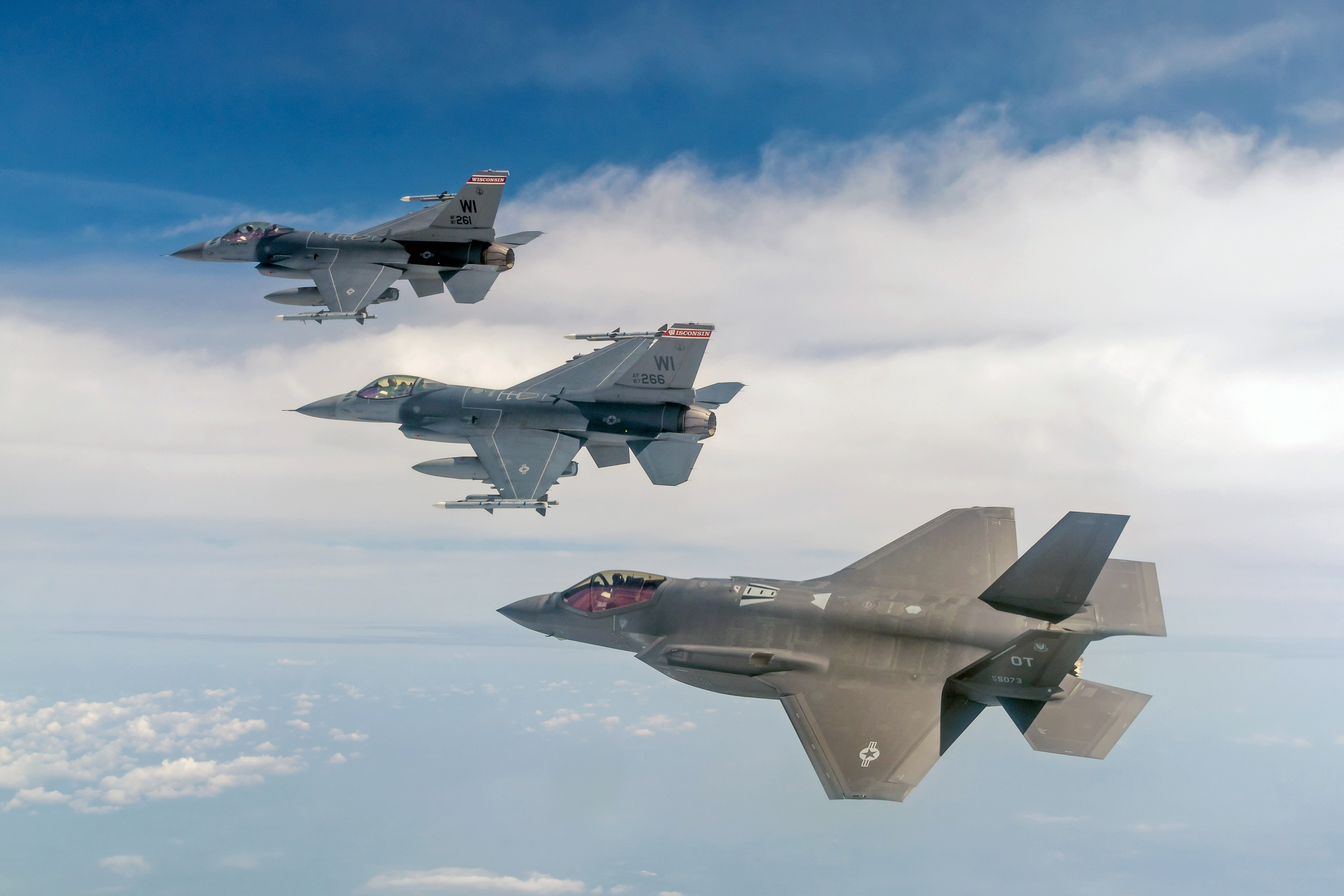
Fick said that changes that have already been made to the F-35A enterprise would continue to boost MCR in the future, buoyed by improvements to “maintenance systems and best practices.”
There are still threats stalking the program, however, as Fick acknowledged when speaking at this month’s McAleese and Associates defense conference. He pointed to the cost of sustaining the F-35A and said that addressing this was a JPO priority. Overall, the operating cost of the stealth fighter is still far in excess of its targets, which were once hoped to put it broadly on par with the F-16.
Just how big a factor these costs are is reflected in the fact that the price of buying an F-35A has been steadily reduced in the last decade, while the budget needed to sustain the jets has continued to grow.
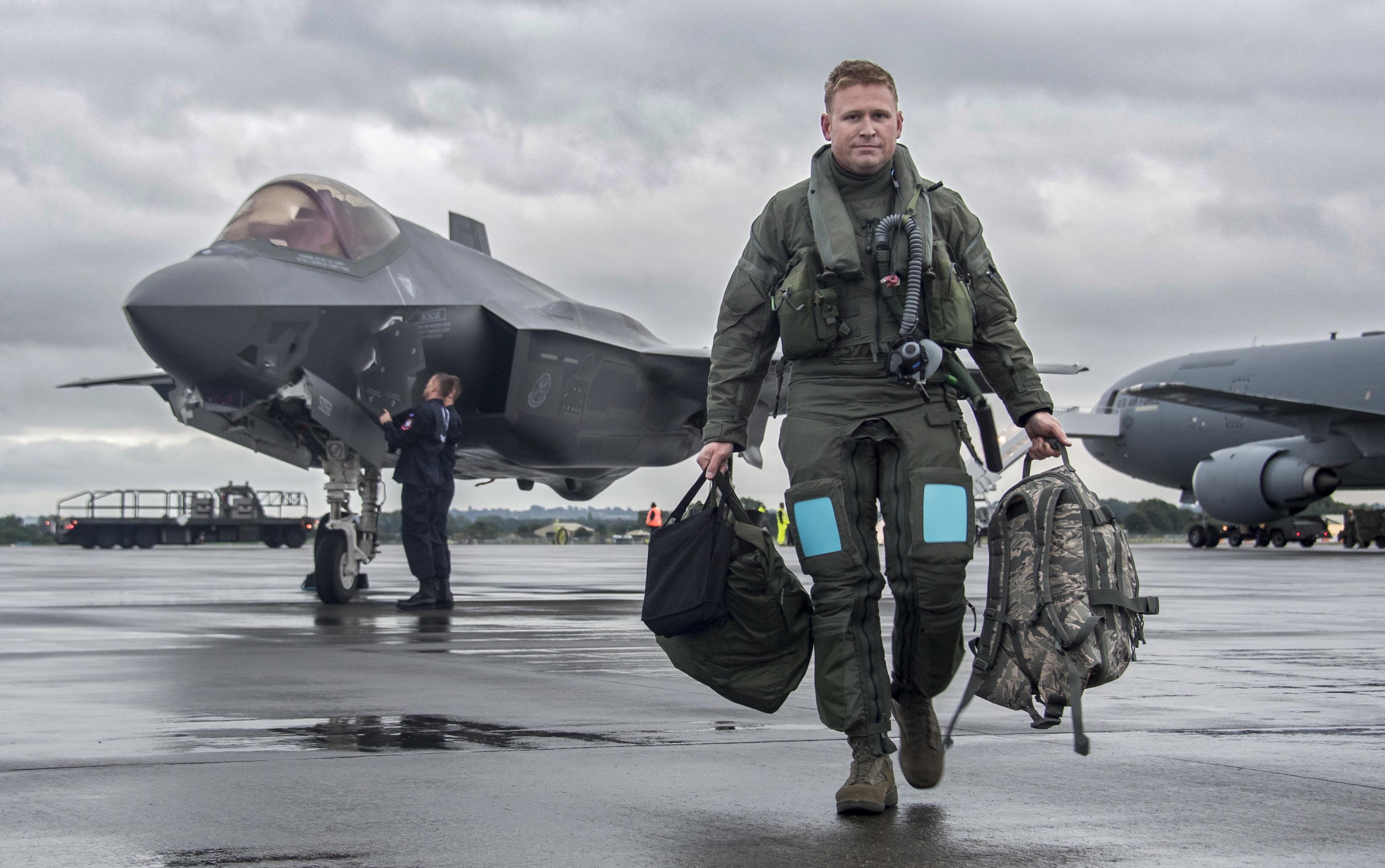
Fick also suggested other ideas to reduce sustainment costs, including continuing to grow up depot support, producing longer-lasting parts, and reducing the numbers of industry contractors required to support the aircraft on behalf of the Air Force. A new Performance-Based Logistics concept could also be another way of making gains on the cost front.
The Air Force has already sought to address the spiraling cost of F-35A sustainment in other ways, incuding proposing a reduction in purchases of the jet by around 10 percent in the next Future Years Defense Plan. The result would trim planned acquisition from 240 to 220 jets over the five-year period. This would again point to service officials deciding against plowing more funds into early production jets and instead waiting on the Block 4 version that will offer considerably more capability.
Once again, there’s also the potential for a reduction in F-35A purchases to further enhance MCR for the type, since it would relieve the burden on the supply of spare parts and on the depots.
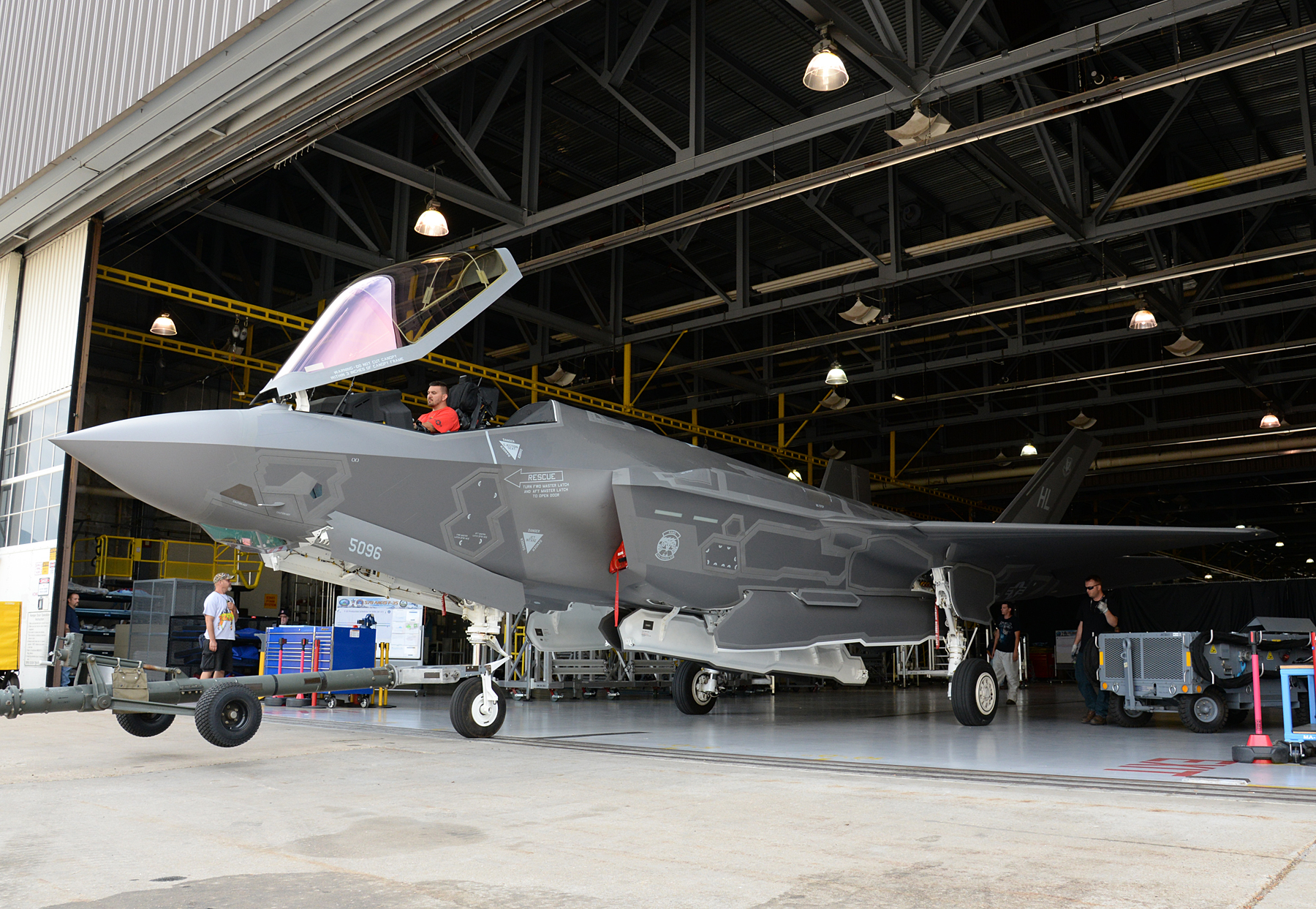
This is just a proposal, however, and is not yet set in stone. In particular, the Air Force is still preparing its ongoing TacAir study, part of a wider assessment of the optimum balance for the service’s future tactical fighter force, which is also addressing whether an all-new fighter jet design might be a better option to replace its F-16s.
So, while the MCR for the F-35A may be a positive for the program, it doesn’t fix the problem of how to fit the fifth-generation fighter into budget plans. Put another way, availability is on the up, but that’s of little help if the service can’t afford the sustainability model in the long term.
It’s that kind of thinking that has prompted Air Force leaders to look for alternatives to the F-35A, while the recent proposal to retire the F-22 in the 2030s indicates that the service is willing to take a firm stance even with its most-capable assets that were previously deemed untouchable. Of course, the F-35 already has something the F-22 does not—scale. There are 283 F-35As flying with the USAF today, roughly 100 more than the F-22s.
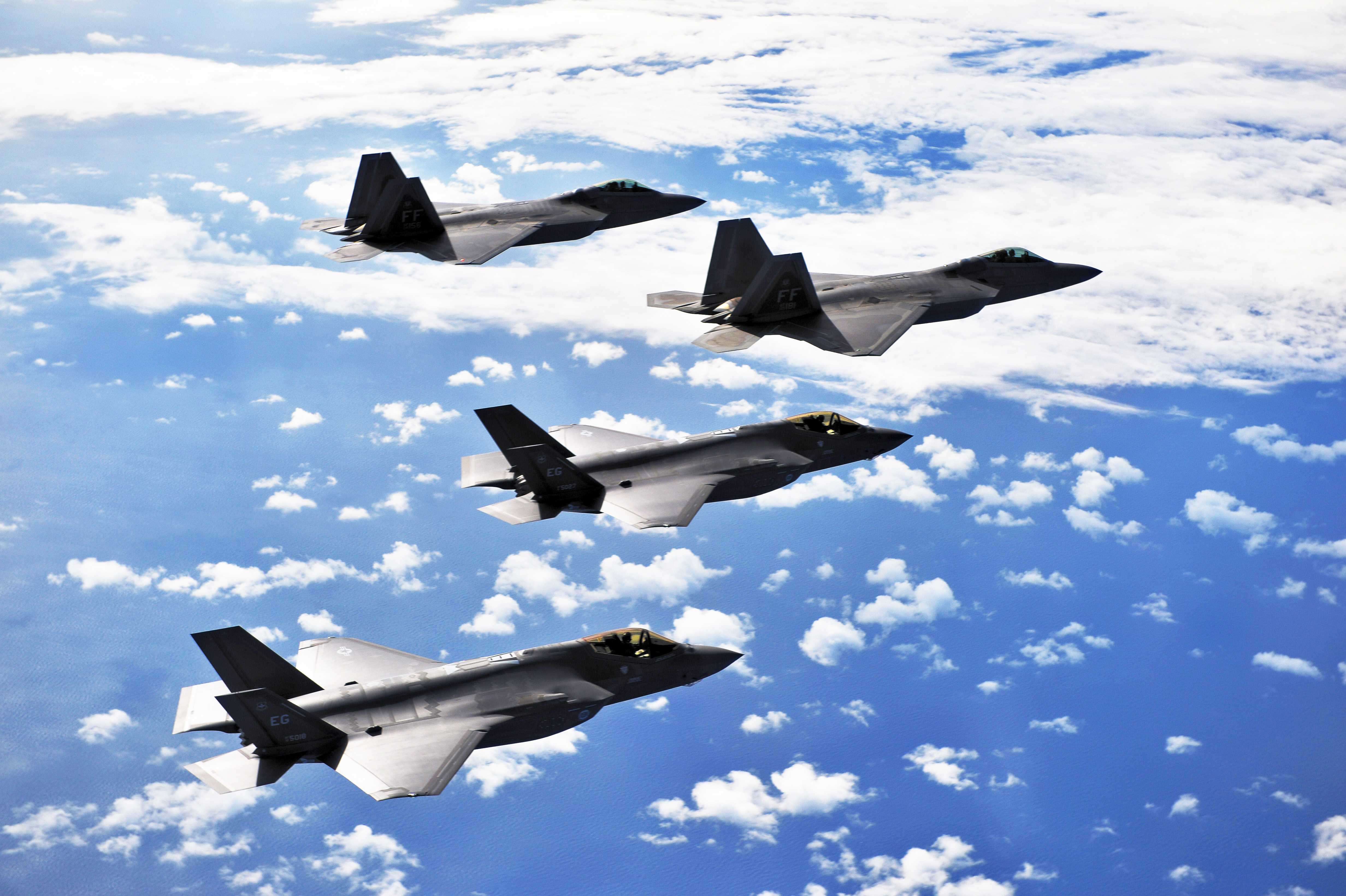
We also need to bear in mind that, while FY20 brought a boost for F-35A MCR, we don’t know where the figure lies as of now. In particular, an engine shortage that was first reported earlier this year is likely to have had an effect. As of last April 21, for example, 21 Air Force F-35As were grounded without serviceable engines, although 15 of them were otherwise classed as flyable.
President Biden’s pick for Secretary of the Air Force, Frank Kendall has been critical of the Joint Strike Fighter in the past, recently told the Senate Armed Services Committee that the jet “the best tactical aircraft of its type in the world.” It’s hard to say what stance he may take once in his expected new position, but other lawmakers have been more forthright. Speaking in March, House Armed Services Committee Chairman Adam Smith said he was ready to “cut our losses” on the F-35 and stop throwing money into a “rathole.”
Ultimately, in terms of ‘iron on the ramp,’ the primary question for the Air Force is how best to replace the F-16 around the 2030s. The service’s message is that the answer could still be the F-35A, but only if the sustainment costs can finally be brought under control.
Contact the author: thomas@thedrive.com
